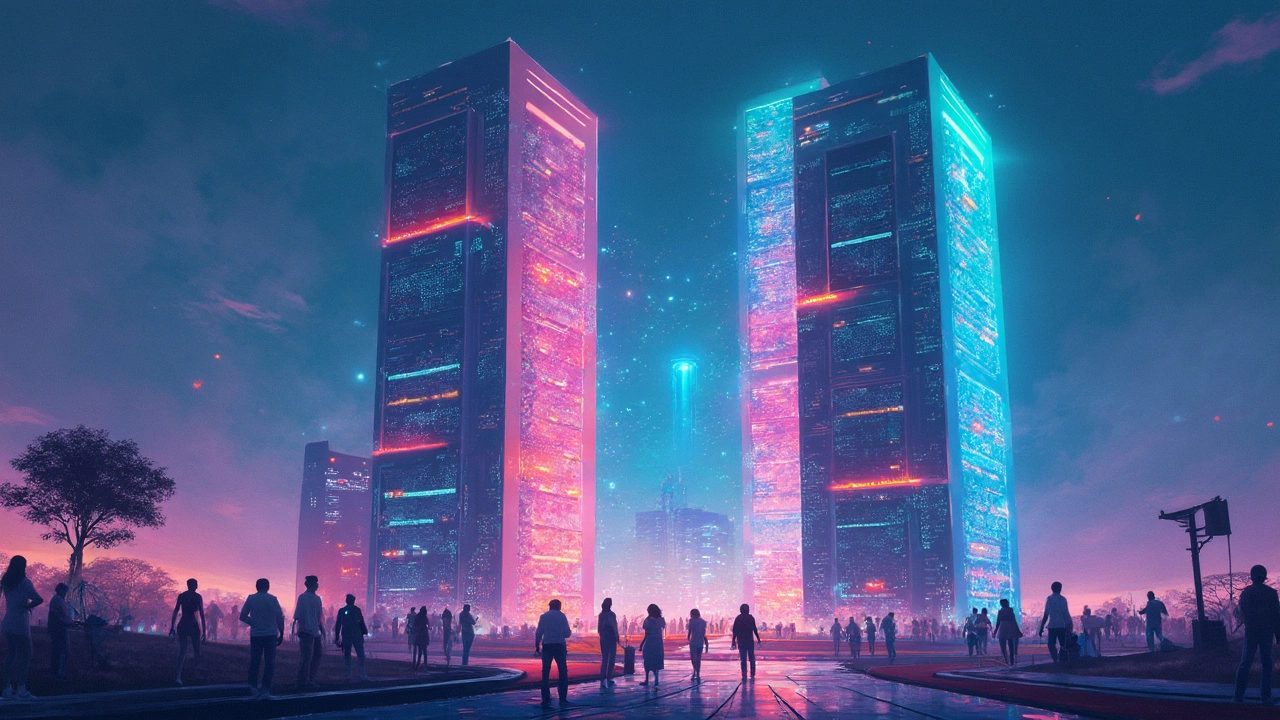Data Centers Explained: What They Are and Why They Matter
If you’ve ever wondered where your favorite apps live, the answer is a data center. Think of it as a big, climate‑controlled garage that holds thousands of servers. Those servers store and move the data you use every day – from videos to online banking. The whole setup is built to run 24/7, no matter the weather or power cuts.
How a Data Center Works
A data center’s job is simple: keep computers humming and data flowing. First, power comes in through robust electrical lines, often backed up by generators and battery banks. Next, cooling systems—like huge air‑conditioning units—keep the equipment from overheating. Inside, rows of racks hold the servers, each connected to fast network switches that route traffic in and out. Monitoring tools watch temperature, power use, and network speed, alerting staff before anything goes wrong.
Choosing the Right Data Center
When you need a place for your servers or cloud services, ask these questions: Is the location safe from floods or earthquakes? Does the facility have redundant power and cooling? Look for certifications such as Tier III or Tier IV – higher tiers mean better uptime guarantees. Security matters too; good data centers have badge systems, video surveillance, and strict visitor policies. Finally, check the cost structure – some charge per rack, others per kW used.
Reliability is the buzzword you’ll hear most. A data center that promises 99.999% uptime is basically saying it will be down for only a few minutes a year. That level of reliability comes from multiple power feeds, backup generators, and separate cooling loops. If a single component fails, another steps in instantly.
Speed is another big factor. Low latency networks mean your website loads faster for users. Look for data centers that have direct connections to major internet backbones and offer fiber links. Some even provide edge locations, bringing content closer to end users for quicker access.
Security isn’t just about doors and cameras. Physical security teams, biometric scans, and man‑trap entries keep unauthorized people out. On the digital side, many providers offer firewalls, intrusion detection, and regular security audits. If you’re handling sensitive data, ask about compliance with standards like ISO 27001 or GDPR.
Scalability lets you grow without moving. Modern data centers let you add more racks or increase power on demand. Some even offer modular solutions you can expand piece by piece. This saves you from costly, sudden migrations later on.
Environmental impact is getting more attention. Look for facilities that use renewable energy, efficient cooling, or reuse waste heat. Green data centers not only lower your carbon footprint but can also reduce operating costs.
In short, a data center is the backbone of digital life. By checking power, cooling, security, and cost, you can pick a spot that keeps your data safe, fast, and always online. Whether you’re a startup or a big corporation, the right data center can make a huge difference in performance and peace of mind.
